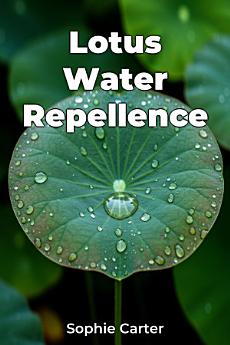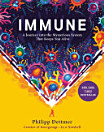Lotus Water Repellence
Acerca de este libro electrónico
This self-cleaning ability, known as superhydrophobicity, stems from a unique combination of the leaf's surface structure and the chemical composition of its epicuticular wax.
These elements work together to minimize the contact area between water and the leaf, causing water droplets to bead up and roll off, carrying away dirt.
The book uniquely combines plant morphology, surface chemistry, and fluid dynamics to comprehensively explain this natural marvel.
The book delves into the lotus leaf's surface structures using electron microscopy and atomic force microscopy, while gas chromatography-mass spectrometry (GC-MS) is used to analyze the epicuticular wax.
By integrating these findings, ""Lotus Water Repellence"" explains the self-cleaning mechanism and explores practical applications, like self-cleaning textiles and solar panels.
Its approach offers a holistic understanding that goes beyond individual aspects, making it valuable for anyone interested in nature, biology, materials science, or the potential of biomimicry.
The book progresses logically, introducing core concepts before moving into detailed analyses of surface structures and chemical compositions.
It concludes by integrating these findings to explain the self-cleaning mechanism and exploring practical applications in nanotechnology and self-cleaning surfaces.
This comprehensive approach provides a deeper understanding of this natural phenomenon and its implications for various fields, demonstrating how nature inspires innovation.








